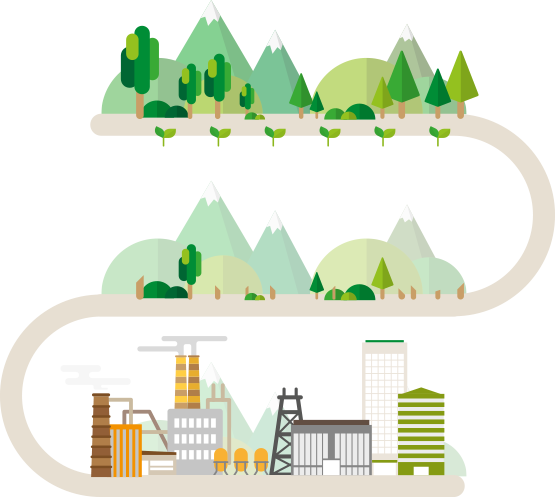The strategy undertaken in the early stage of Korean development can be characterized by growth pole strategies: key industries and selected areas. In an industrial policy sense, it was import-substituting manufacturing industries and heavy industries. In a regional policy sense, it was the Capital Region (Seoul, Incheon, Gyeonggi Province) and southeastern costal regions (Busan, Ulsan, etc.). In the first CNDP (1972-1981), main instruments were massive infrastructure provisions and tax incentives in free export zone with regionally concentrated investment strategies.
However, this concentration of investment in selected areas caused and deepened regional disparity. Since the second CNDP (1982-1991), Korean government has presented explicit emphasis on balanced regional development, in recognition of regional disparity. In 1982, Capital Region Readjustment Act was legislated to restrain the construction of new factories, universities, and other large-scale projects in the Capital Region. Accordingly, the third CNDP (1992-2001) continued to focus the development of lagging regions by strengthening industrial centers along the west coast and the regional and provincial cities.
As a result, Korean government during this period introduced the Development Promotion Districts (DPD). However, despite the sincere efforts in the 1980s and 1990s trying to improve the economy and living conditions of non-capital regions, concentration in the Capital Region continued.











